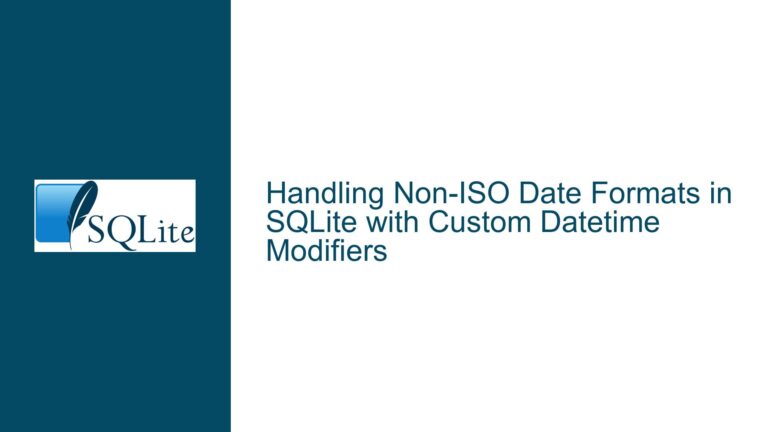Virtual Table Bug: Subtype Not Passed to UPDATE in SQLite
Issue Overview: Subtype Behavior Discrepancy Between INSERT and UPDATE in Virtual Tables In SQLite, virtual tables provide a powerful mechanism for defining custom table behaviors through a set of callback functions. One such function, xUpdate(), is responsible for handling both INSERT and UPDATE operations. A critical aspect of these operations is the ability to pass…









